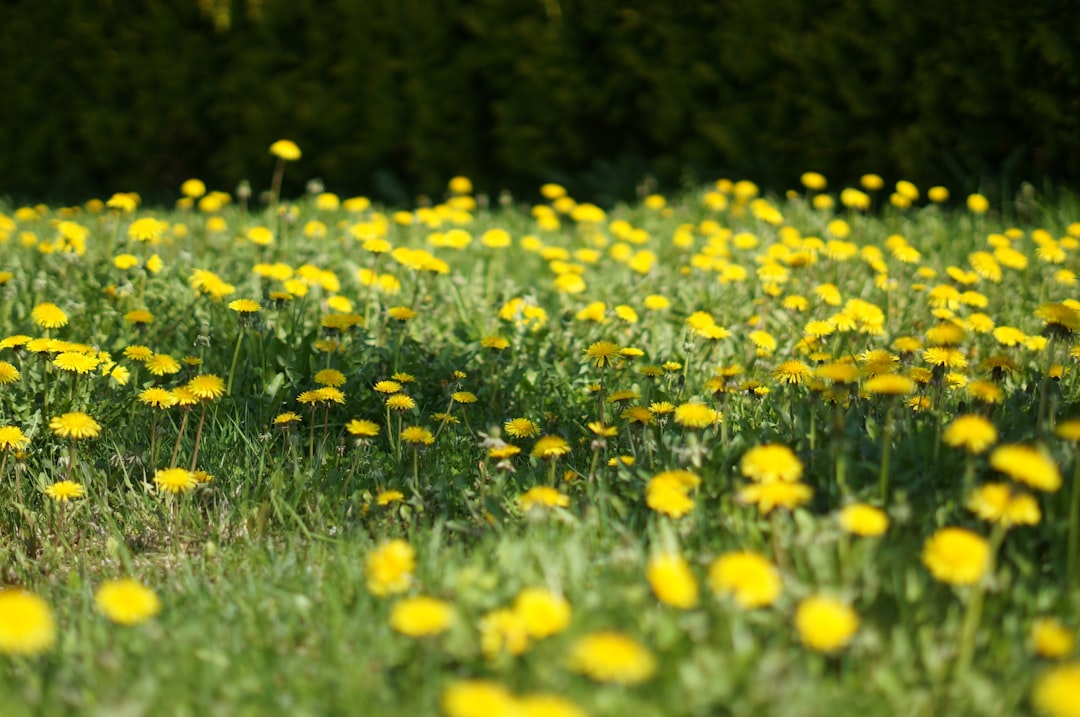The Secret Weapon for Acidic Soil: Garden Lime

When it comes to gardening, one of the most crucial factors that can significantly impacts the health and vitality of your plants is the soil quality. Among various soil conditions, acidic soil can pose a challenge for many gardeners. However, there's a simple yet powerful solution that can turn the tables - garden lime. In this guide, we'll explore how and when you should add garden lime to your soil to ensure your plants thrive.
First, let's understand what acidic soil is and why it can be a problem. Acidic soil, often characterized by a low pH level, can limit the availability of essential nutrients for plants. Many nutrients, such as nitrogen, phosphorus, and potassium, become less accessible to plants in highly acidic conditions. This can lead to stunted growth, yellowing leaves, and overall poor plant health. Moreover, some plants are more sensitive to acidic soil than others. For example, vegetables like broccoli, cabbage, and lettuce prefer a more neutral to slightly alkaline soil environment. If your soil is too acidic, these plants may not reach their full potential.
Now, let's talk about garden lime. Garden lime, also known as agricultural lime, is a soil amendment made from crushed limestone or dolomite. It contains calcium carbonate and, in the case of dolomitic lime, magnesium carbonate as well. When added to acidic soil, garden lime raises the pH level, making the soil more alkaline. This process, known as liming, helps to correct soil acidity and improve the nutrient availability for plants. As the pH level increases, the soil becomes a more hospitable environment for beneficial microorganisms, which play a crucial role in breaking down organic matter and releasing nutrients for plant uptake.
So, how do you know if your soil is acidic and needs garden lime? The most accurate way is to conduct a soil test. You can purchase a soil testing kit from a garden center or send a soil sample to a professional laboratory for analysis. The test results will provide you with the pH level of your soil and recommendations on whether you need to add lime and how much. Generally, a soil pH between 6.0 and 7.0 is considered ideal for most plants. If your soil pH is below 6.0, it's likely that adding garden lime will be beneficial.
Once you've determined that your soil needs lime, the next step is to choose the right type of garden lime. There are two main types: calcitic lime, which is primarily calcium carbonate, and dolomitic lime, which contains both calcium and magnesium carbonate. If your soil is deficient in magnesium, dolomitic lime is a better choice. However, if your soil has sufficient magnesium levels, calcitic lime will suffice. When purchasing garden lime, look for a product that is finely ground, as it will react more quickly with the soil.
Now, let's discuss when to add garden lime to your soil. The best time to apply lime is in the fall or winter. This allows the lime to have enough time to react with the soil before the growing season begins. When you apply lime in the fall, it can gradually raise the pH level over the winter months, providing a more stable and favorable soil environment for your plants in the spring. However, if you missed the fall application, you can also apply lime in the spring, but make sure to do it at least a few weeks before planting to give the lime time to take effect.
When applying garden lime, it's important to follow the recommended application rate based on your soil test results. Over - applying lime can also be harmful to your plants, as it can raise the pH level too high, making the soil too alkaline. This can lead to nutrient deficiencies in a different way, as some nutrients become less available in highly alkaline soil. To apply the lime, spread it evenly over the soil surface using a spreader. Then, use a rake or a tiller to incorporate the lime into the top few inches of soil. This will ensure that the lime is well - mixed with the soil and can start to react.
After applying garden lime, it's a good idea to monitor the soil pH regularly. You can do this by conducting another soil test after a few months to see if the pH level has changed as expected. If the pH is still too low, you may need to apply more lime in the future. Additionally, keep in mind that the effects of lime on soil pH are not permanent. Over time, factors such as rainfall, plant uptake, and the addition of organic matter can cause the soil pH to gradually decrease again. Therefore, periodic soil testing and lime applications may be necessary to maintain the optimal soil pH for your plants.
In conclusion, garden lime is a valuable tool for gardeners dealing with acidic soil. By understanding how and when to add garden lime to your soil, you can create a more favorable environment for your plants to grow and thrive. Remember to conduct a soil test, choose the right type of lime, apply it at the appropriate time, and monitor the soil pH regularly. With these steps, you'll be well on your way to having a healthy and productive garden.